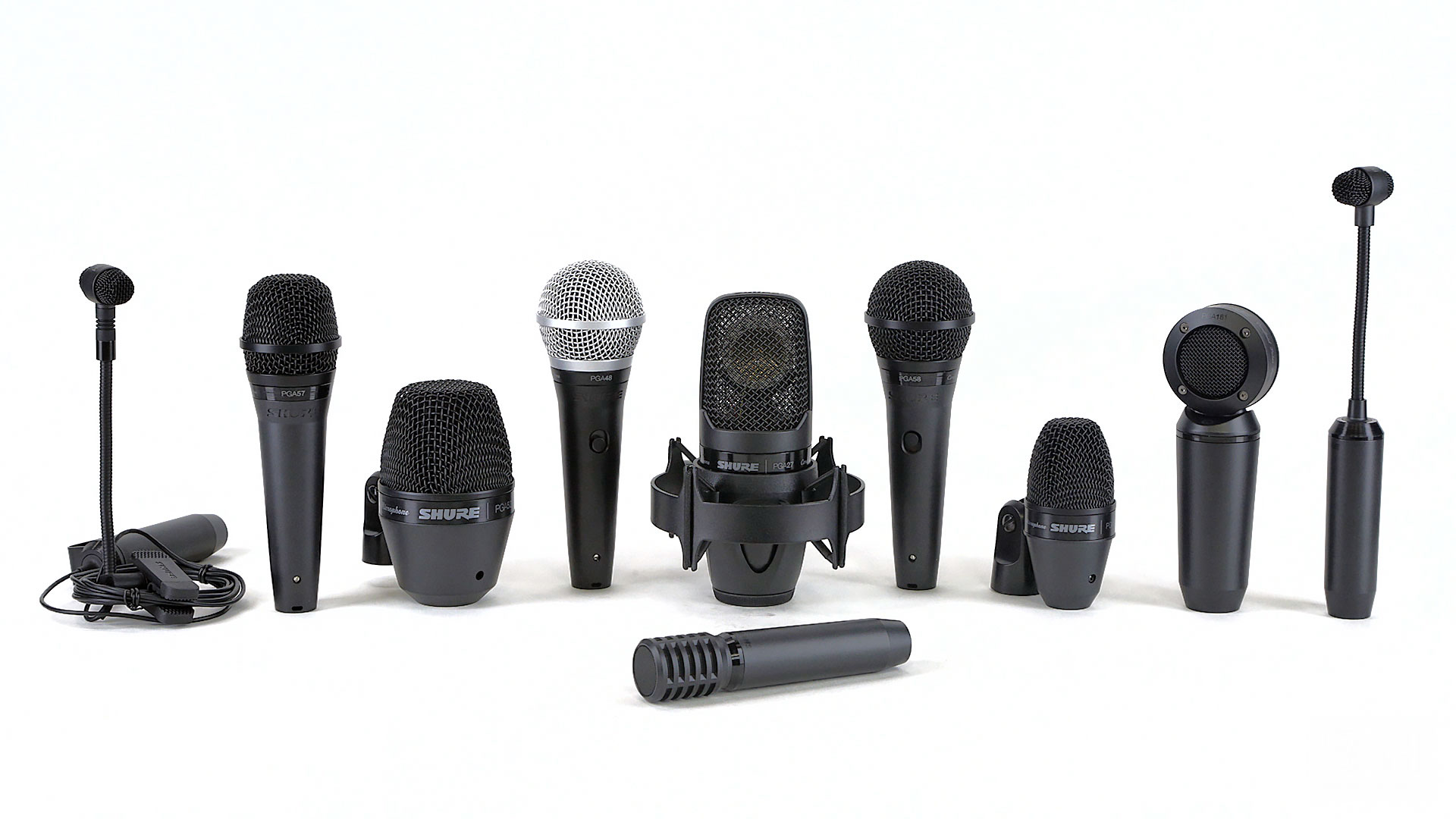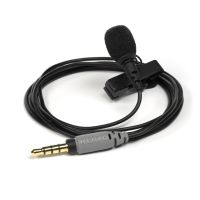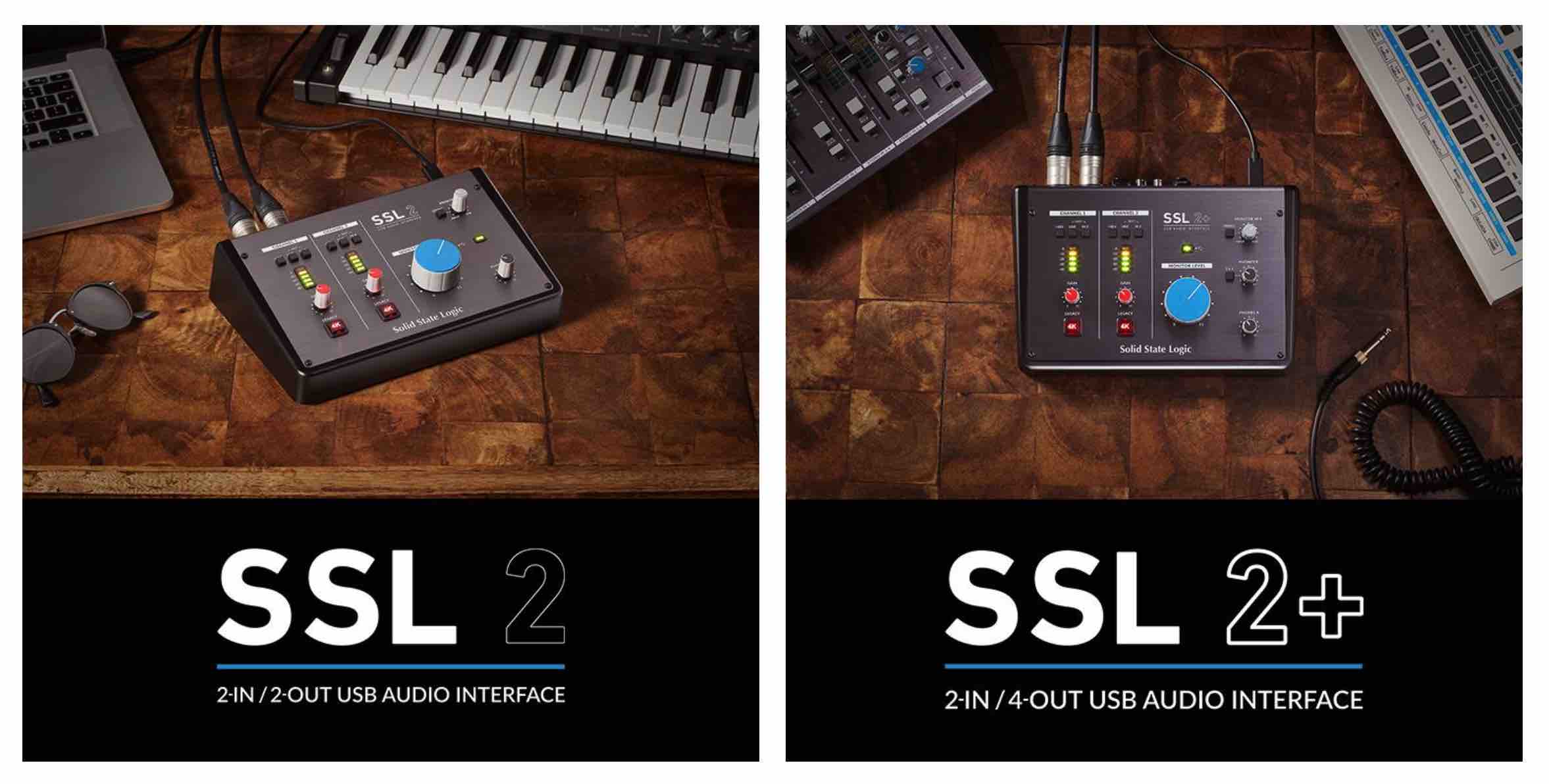Microphone Polar Patterns

We all use microphones to capture the Sound of an instrument or a Vocal, But have we thought of the differences between each microphone and the other?
In this post we will talk about an aspect of the Microphone that defines how it captures the Sound, It's called "Polar Pattern"
In this post you'll:
- Understand the different types of patterns
- Understand the different use of each type
Polar Pattern, What does it mean?
It is the sensitivity of the microphone to sound relative to the direction or angle from which the sound is captured, or if we put it in other words, How does the microphone hear the sound, These are the most commonly used types of patterns "Omnidirectional, Cardioid, and Supercardioid."
Microphone Patterns basically were 3 Types: Omni, Bi-Directional, and Cardioid.
Let's get to understand each type
Omnidirectional Pattern
This is the most common and basic type of patterns, and from its name, we could easily understand how it works,
Omni means non-directional, It captures/hears sounds from everywhere equally. Example of such microphones are Lavalier microphones (Rode SmarLav+)
It's used for: Moving Objects, Interviews
Cardioid Pattern
This pattern could be the second most popular pattern after Omnidirectional, It is considered an ALL purpose Pattern that can be used with multiple applications with great quality,
While directional it limited the background sound a bit but still some is leaked to the microphone
Used for: documentary recording, weddings, events, Singing





